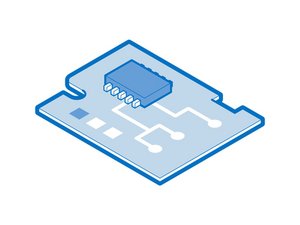Here in the US, the ground plug on an electrical outlet is required by code to be, well, literally grounded, meaning it is connected to a wire that leads to a stake in the ground, so that any electricity that gets into that wire has a path to the earth so it can dissipate harmlessly. When a metal outlet box is used, the frame of it should be connected to that ground wire as well, which is why using the metal screw on an outlet can work, but won't if it's a plastic box. So your instinct to not use the screw is okay, but not sure it's based on the right premise.
Any grounding strap in use should indeed be connected to that third pin on the electrical plug, the big round one; of course that will vary depending on which country you're in. If you really don't want to do that for whatever reason, then you need to go outside, pound a good length of rebar into the ground and hook up a wire to it. Run that wire to where your grounding station is and you're good to go!
I'll answer as best I can, in the order you asked, Johnathan.
A stove outlet box would make a fine ground, assuming it's metal. This is just me, but I'd probably verify for myself by turning off the breaker, unplugging it and taking the cover off. I'd be checking that the bare ground wire going to the outlet is also connected to the frame. On standard outlets that's accomplished because the ground wire connects to the metal housing of the outlet itself, which is screwed down to the outlet box, ensuring that the box is grounded. I assume you'll find a similar setup on an oven outlet as well.
Water faucets are a little trickier; if they're made with iron or copper pipe (technically lead pipes would work as well, but we're hoping you don't have those) then you've got a great ground, but many if not most modern houses are plumbed with PVC or PEX plastic pipes, which won't give you a good ground. It can get tricky; for example my house was built in the early 1980's and has copper pipe throughout, which would in itself make a good ground, but unfortunately it's supplied by plastic PVC running from the street up to the house. So I've only got a very short length of metal pipe that's actually in the ground; not enough to make my plumbing a suitable ground. If you have an older home with iron pipes coming out of the ground then you've probably got a decent ground there.
On a coaxial cable the outer sheathing is grounded, so yes that should work too. the nut on the end connects to the sheathing so clipping onto that would make a good ground.
I can't say you'd be good working outside. It depends on the conductivity of the soil; for instance dry sandy soil isn't a very good conductor so you wouldn't necessarily get a good ground even barefoot in the dirt. You need a really good connection to the earth as you'll see in the next answer.
With regard to the proper depth of a grounding rod, the National Electrical Code (NEC) specifies that a good grounding rod must be buried no less than 8 feet into the ground. This helps ensure the soil is damp enough to provide good conduction.
Hopefully that'll give you some food for thought.
crwdns2934105:0crwdne2934105:0
crwdns2934113:0crwdne2934113:0
crwdns2915270:0crwdne2915270:0
crwdns2889612:0crwdne2889612:0
4

 1
1 
 65
65  103
103